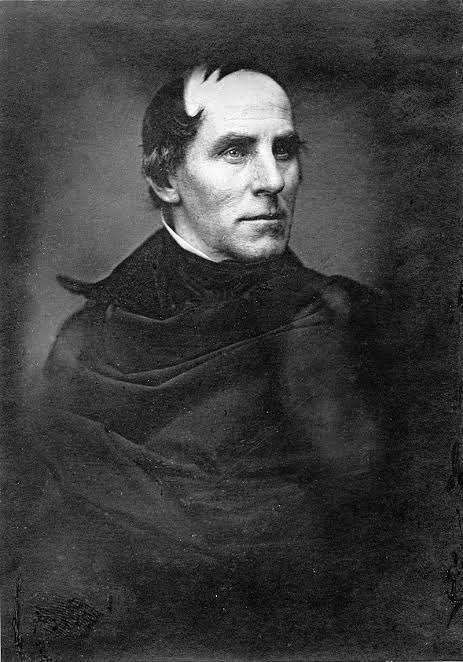

Thomas Cole
US
81
Artworks
1801 - 1848
Lifespan
Artist Biography
Thomas Cole, a seminal figure in American art, is celebrated as the founder of the Hudson River School, the nation's first major art movement. Born in Lancashire, England, in 1801, Cole immigrated with his family to the United States in 1818. Initially working as an engraver, he was largely self-taught as a painter, honing his skills by studying the works of others and attending the Pennsylvania Academy of the Fine Arts. In 1825, his life took a decisive turn when his landscape paintings, displayed in a New York shop window, captured the attention of influential artists John Trumbull and Asher B. Durand. Their patronage launched his career, enabling him to move to Catskill, New York, a location that would become synonymous with his art and life.
From his home in Catskill, Cole embarked on frequent expeditions into the surrounding wilderness, including the Catskill and Adirondack Mountains. He would create detailed pencil sketches on-site, which he later transformed into epic studio compositions. Cole’s approach was twofold: he could render direct, factual representations of nature with meticulous detail, but he was also a master of the sublime, creating grandiose, imaginary vistas suffused with dramatic light and shadow. He believed the American landscape was a unique manifestation of God's creation, a 'new Eden' untouched by the corruption of industrialization that he had witnessed in England. In his paintings, the vast, untamed wilderness often dwarfs the human figures within it, emphasizing nature's overwhelming majesty and power.
Cole’s artistic philosophy was deeply intertwined with Romantic and spiritual ideals, which he articulated in his 1836 "Essay on American Scenery." He viewed the American wilderness not just as a source of aesthetic beauty but as a vessel for moral and religious instruction. This perspective is evident in his masterful landscape, *View from Mount Holyoke, Northampton, Massachusetts, after a Thunderstorm—The Oxbow* (1836), which contrasts the stormy, untamed wilderness with the serene, cultivated landscape, reflecting on America's future path. He worried that the relentless march of industrialism and westward expansion would destroy the very wilderness he revered, a tension that animates his most powerful works.
Seeking to elevate landscape painting to the level of history painting, Cole undertook two extensive trips to Europe (1829–32 and 1841–42), studying the Old Masters in England and Italy. These travels inspired him to create ambitious allegorical series. The most famous, *The Course of Empire* (1836), is a five-part epic that traces the rise and fall of a fictional civilization, serving as a cautionary tale about the perils of unchecked ambition and imperial decay. Another significant series, *The Voyage of Life* (1842), depicts the four stages of human existence through the metaphor of a river journey, reflecting his deepening religious convictions. These series cemented his reputation as a painter of profound ideas.
In his later years, Cole's faith deepened, and he joined the Episcopal Church. He took on Frederic Edwin Church as his only formal pupil, who would go on to become a leading figure of the second generation of the Hudson River School, ensuring the continuation of Cole's legacy. Cole began work on another religious series, *The Cross and the World*, but it was left unfinished upon his sudden death from pleurisy in 1848 at the age of forty-seven. Asher B. Durand’s memorial painting, *Kindred Spirits* (1849), poignantly depicts Cole with the poet William Cullen Bryant in the Catskills, a lasting tribute to the artist who first taught Americans to see the divine grandeur in their own landscape. Thomas Cole did more than just paint scenery; he forged a national artistic vision, defining the American relationship with nature for generations to come.